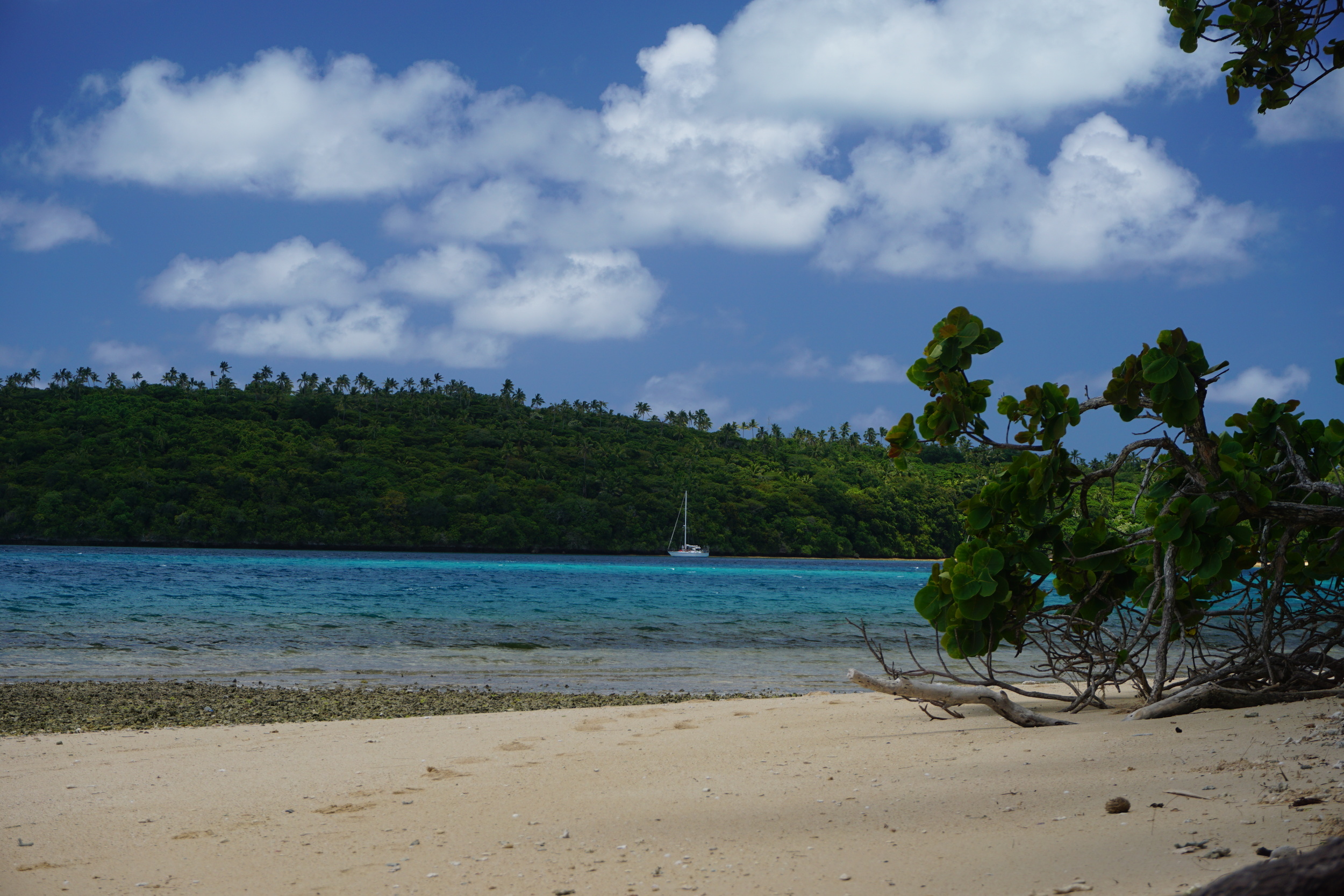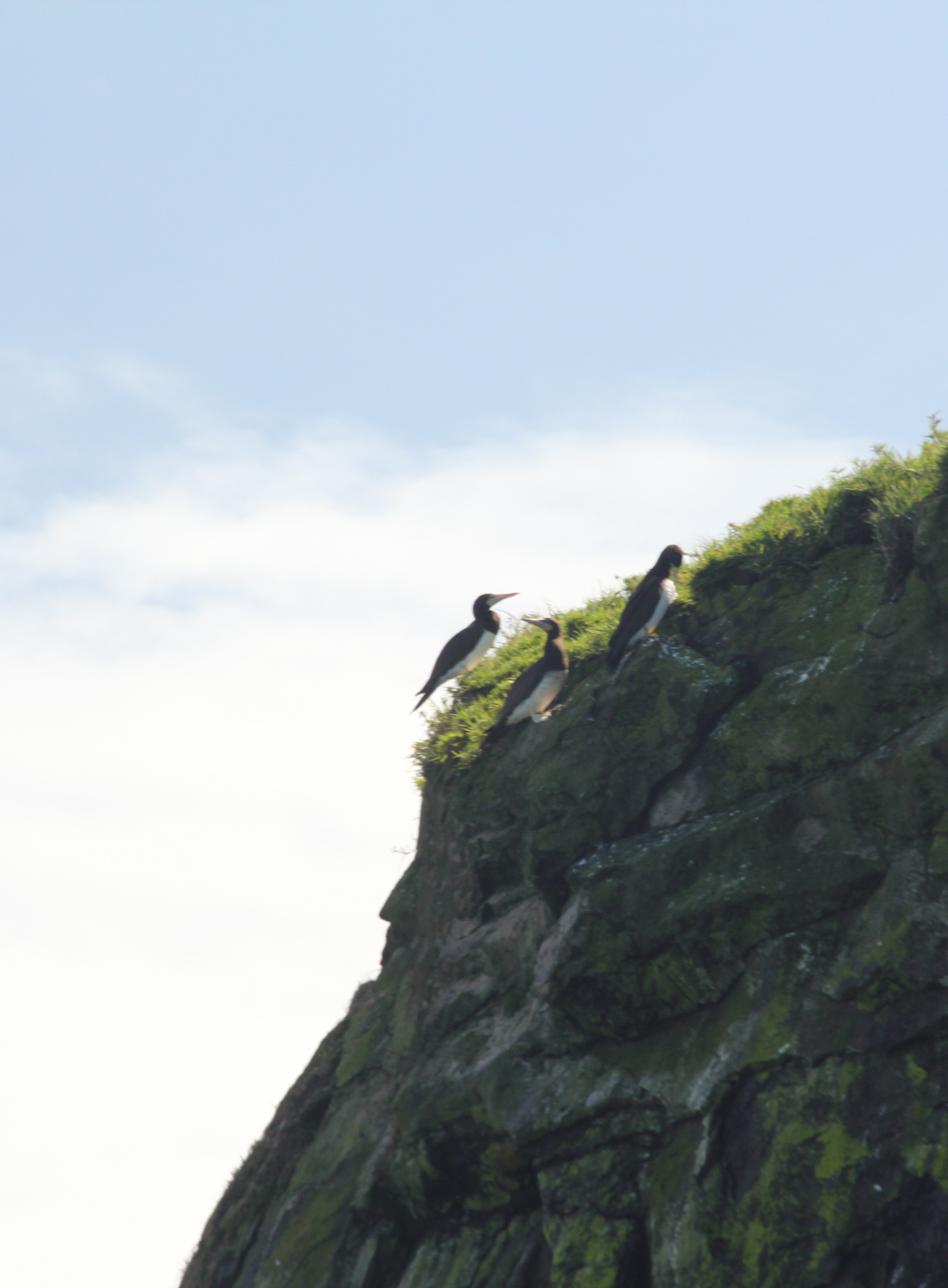We left the Vava’u Group in a cloud. We’d reluctantly sailed away from the outer islands for the last time and back into town to deal with Customs, do laundry, and fill the boat with pineapples, tomatoes, and coffee. Now a late afternoon drizzle surrounded us as we glided South. We had a week or two before we wanted to be underway for New Zealand and we planned on spending most of it in the Ha’apai Group.
The island chain of the Ha’apais, 70 miles south of Vava’u, have a reputation for being astoundingly pretty, uncrowded, and naturally pristine. The thing about far-flung islands is that rarely is one place all of these things, no matter how many times it’s described as such. Of the 62 islands that make up the Ha'apai group, only 17 are populated and just four of those have electricity. People are subsistence farmers on narrow islands without running water and fishermen where fuel for outboards is often unaffordable. Not surprisingly, the Ha’apai group hosts far fewer visitors than Vava’u each year. We were pretty anxious to see what it was like.
I've been thinking a lot over the past year about what we hope for when we plan trips to these tropical paradises. Why do those generic solitary palm, white sand beach, turquoise lagoon postcards continue to grab our attention? I don't think there are many of us who truly want to leave everything behind and disappear on some deserted island, but there's obviously something attractive about the notion. Maybe the image is so alluring simply because it's such a contrast to our daily lives. Or because, at the very moment it catches our eye, we know someone is out there enjoying that solitude, and it's not us. Probably we just want to drink beer in the sun without ever getting getting sunburt or hungover. After all, when you picture a tropical paradise, what you're envisioning is, in all likelihood, a Corona ad.
Anyway, Pangai, the dusty main town in the Ha'apais, was certainly not that. But Tamata was the only boat in the little harbor, we were offered fresh papaya while we checked in with customs (straight out of our agent’s lunch box) and the one café in town, serving cheeseburgers and cold beer, was devoid of customers and their chatter, which is paradise enough in the right circumstances. Plus, as we’d coasted toward Pangai's little harbor shortly after sunrise that morning, the weary boredom of a dark overnight sail with only light winds was broken by the thrashing of a decent sized mahi-mahi on the end of our line.
Magda, the woman who ran the café, reckoned that we were the last boat for the season. We weren’t the only people there, though. We shared the little patio with a young Australian guy traveling by himself. Jamie was on holiday for two weeks. He had come to Tonga, he said, “to escape reality”. For him, reality was the midnight shift for a talk radio show in Sydney and the use of his spare time to search for an apartment so he could move out of his parents’ house. While in Ha’apai, his home was a thatched roof fale on the next island over, Uoleva, where he spent his days taking walks, swimming, and, I suppose, finding comfort in his temporary escape.
It was such a pleasant scene – strangers drinking tasteless beer in the shade – that we spent our afternoon at the cafe. Out in the sunny street, school kids in uniform eating ice cream cones wandered by. Piglets scurried, frightened into the bushes by a passing car. Magda joined our conversation when she wasn’t busy being our waitress or chef or keeping an eye on her three-year-old son.
We made plans with Jamie to go spearfishing in the pass south of Ouleva. He never been before but as there wasn’t much to do at his “resort” and as he’d been served the same unidentifiable curry for the past three nights, the thought of exploring a bit and having the chance to eat fresh fish excited him. We arranged to meet the next day.
What we found at Uoleva (and throughout the Ha’apais, as we’d discover in the coming days) was a scene as near perfect as we’d experienced. We were the only boat in sight, and as we drifted along in the current beside the dinghy we were overwhelmed at the life around us. Things were noticeably balanced, with fish of all sizes flitting around us, and it wasn’t hard to imagine that the coral would have looked nearly the same thousands of years ago. We were able to easily spear a handful of fish – enough to feed us, the guests at the resort where Jamie was staying, and the family who ran it.
All of this perfection was interrupted by the presence of a shark beneath us, which is a fairly normal occurrence. It wasn’t just another reef shark though. It was more than 10 meters below us and looked big even at that depth. It took me a minute to understand that slinking around down there was a tiger shark the size of a car. The three of us were mesmerized by the shark’s size and grace but I’m not sure it was even aware of us. It swam off as quietly as it had appeared. Then, not even five minutes later, a 12-foot bull shark accompanied by several pilot fish showed up, made the same rounds, and disappeared into deeper water.
To experience this, especially by chance out on our own, was really something special. It was hard to fathom what Jamie was feeling. He was here to escape, and I’d imagine he couldn’t have been further from the chores of his daily life back in Sydney. But though escape was his intention, I wonder whether it was the outcome. The day before, he’d never held a speargun. Now he’d caught his own dinner, experienced the silent pleasure of drifting over a healthy coral reef, and swam with two of the more aggressive species of shark all in one morning. He later told us that when he brought the fish back to the resort the local guys cleaned it up, cut it open, and dug right in, tearing raw flesh with their hands and urging him to do the same. Since they had no way of keeping anything cool, I imagine they washed it down with a nice, warm beer.
The rest of our time in the Ha’apais wasn’t as thrilling as our five minute shark swim, but each day was just as quietly beautiful. Because we didn’t visit any of the inhabited islands besides Lifuka, the whole place felt empty and synced to some distant metronome. We’d occasionally hear some crackle on the VHF and we did share an anchorage with some local spearfishermen one night and a French sailboat another. But for the most part we felt like we were the only people in the whole of the Ha’apai Group. We anchored off one island where a lonely black cow walked the beach at sundown. Another was the setting for an abandoned resort, its distance from Lifuka, an already distant destination, the likely explanation for its deserted porches and vine-covered fales.





























































































































































































































